Scientists have discovered that older research animals can seemingly be made young again with infusions of young blood which reactivate stem cells. Researchers have started to isolate factors in plasma that appear to be responsible, opening the door to possibly rolling back the clock on aging. Experts explain.
Guest Information:
- Dr. Harold Katcher, Professor of Biology, University of Maryland and co-founder, Turritopsis Corporation
- Dr. Michael Conboy, researcher, University of California, Berkeley
- Nelson Yee, founder, xVitality Sciences
Links for more info:
- programmed-aging.org
- Twitter page – xVitality Sciences
15-38 Stem Cell Regeneration
Reed Pence: It's a fact of life that all of us, if we're lucky, will get old. Wrinkles will set in. Gray hair. And the diseases of aging, like arthritis, diabetes, heart disease, and dementia. Scientists thought they'd figured out why, according to Dr. Harold Katcher, professor of biology at the University of Maryland University College.
Harold Katcher: It was always assumed that aging was a question of wear and tear. Occurring at the cellular level, cells would, after a time, experience wear and tear. Their mitochondria would, after a time, start producing free radicals that increased with age. The mitochondria became less efficient. DNA damages were thought to appear in the nucleus. Eventually, the cells broke down and eventually the organism dies as a result.
Pence: Still, all the healthy foods and antioxidant vitamins in the world can't turn back the clock. But a series of experiments physically connecting young and old mice shows that rejuvenation might be possible. The connection is called parabiosis.
Michael Conboy: Everybody is probably familiar with the idea of Siamese twins or conjoined twins where you have two individuals that are somehow connected, but they basically share a large part of their body. So, parabiosis is basically the surgical joining of two animals to create that kind of situation.
Pence: That's Dr. Michael Conboy, a researcher at the University of California at Berkeley. He and his wife, Irina, a professor of bioengineering at Berkeley, are among the world's foremost scientists looking into factors in the body that might produce rejuvenation.
Conboy: In parabiosis, the skin and the inner side of the two animals are surgically joined together, and then when that surgery heals the animals became basically joined as one so the blood vessels from the skin of one animal will merge with the blood vessels of the other animal and then they basically share a circulation so whatever floats around in the blood of one animal and transfers over, crosses over and starts floating around the circulation of the other animal.
Pence: In connecting their circulatory systems, old mice literally get young blood... And their bodies start acting like they're younger.
Conboy: What we looked at specifically was how does the animal regenerate after an injury. The injury we have for mice is like the muscle injury with a little bit of snake venom, like if the mouse got bitten by a snake, probably unusual for a mouse. What we found is that the old mouse, if it’s sharing circulation with a young mouse, that muscle regenerates much, much better and faster than it would if that old mouse was alone, or if it joins to another old mouse, so that it’s sharing old mouse blood instead of the young mouse.
Pence: But it doesn't take an injury for the effects of young blood to show up. Virtually every system in the body that the Conboys have looked at seems to get younger in old mice that are connected to young ones.
Conboy: We also looked at some other organs that are sort of representative of the different types of organs you have in the body. We looked at the liver and saw that the new liver cells forming were now improved, so there were more liver cells being born in an old mouse liver. And we also looked in the brain and found that there were more neurons or neural stem cells that were being born in the memory part of the brain. This is only when sharing blood with the young partner -- much more rejuvenation of these organs than you would see by itself or sharing blood with an old animal.
Pence: Other researchers have found the same thing in experiments on mice, according to Nelson Yee, founder of xVitality Sciences, a firm that hopes to commercialize factors in the blood that might promote rejuvenation.
Nelson Yee: We see enhancement of stem cell growth and that occurs in numerous tissues. So, it seems to occur in almost every tissue that’s been examined. That includes the brain, there’s more neural stem cell growth in the muscles, the satellite cells become more useful, the beta cells that produce insulin, and the pancreas, they also regenerate at a faster rate. In addition to that, inflammation levels seem to decrease and other essentially youthful characteristics re-appear in the older animal throughout the entire body.
Katcher: When two animals were spliced together the maximal life span of the older animal was increased, that is increased above the maximal lifespan through the maximal species lifespan. They actually had old animals that lived some twenty percent more than the maximum lifespan.
Pence: Katcher notes that the principle also seems to work for organs, and when scientists change their environment in other ways. For example, by transplanting an old organ such as a thymus into a young recipient.
Katcher: The thymus grows smaller with age and it turns into fat; it’s called involutes. So, the thymus involutes with age, it becomes fat and everybody assumes that is an irreversible process that’s due to wear and tear. But if you take that thymus and you place it in the body cavity in the circulatory system of a young animal, that involute thymus, that totally turned-to-fat-piece-of- garbage -- it becomes functional again. Its tissues again can mature lymphocytes as they could when it was younger and it’s found that this thymus will be functional for the entire life of the young animal. It’s essentially doubling its life span aside from rejuvenating it.
Pence: However, is it really sharing blood that rejuvenates cells and organs? Conboy says you don't really know when the entire body is involved. It might be explained by a whole host of other factors. So several years ago, the Conboys sought to narrow them down by taking the process outside the body... And seeing if human cells would respond the same way.
Conboy: We had assays that we could do in a petri dish. We take muscle cells out and place them with a little bit of young mouse blood, and those muscle cells would do their muscle thing and proliferate and make muscles in a petri dish quite well. If you put them in a petri dish with some old blood they didn’t do so well. So, the question was, if there’s something that’s in young blood that’s rejuvenating, if we mix it with the old blood, we should see the rejuvenation effect. If there’s something in the old blood that’s repressing, if we mix the two bloods together we should see a suppression of the young blood. When we mixed them together the performance was like old blood, so that meant that there was something in the old blood that was kind of dominant and suppressing for at least these particular muscle cells.
Pence: So what's going on? The key is stem cells and their power to repair and regenerate. At one time, scientists believed that stem cells die off and disappear as an animal ages. But now we know that that's not true. Conboy says stem cells are still there. But old blood is holding them back, not providing those stem cells with the signals they need to work.
Conboy: It appears that all of our tissues have their resident stem cells. So, in muscle, there would be muscle stem cells that can make more muscle and in the blood, there are stem cells in the bone marrow that can make blood and in different parts of the brain, there are cells that can make new neurons. My understanding is that with age, these cells, their numbers might decrease, but there are still plenty of them there, but they don’t wake up and perform and do their job like they did when they were young. But it looks like when we change their environment when you give them signals like they would get when they were young, then that’s enough to get them to wake up and start dividing and then make new tissue, such as you would need, say, after an injury or maybe to improve the overall function of an organ.
Katcher: With their environment changed to a youthful environment, a partially youthful environment, let’s remember, [then] they develop the characteristics of young stem cells, including their rate of proliferation and their ability to repair wounds -- things that, according to the theory of wear and tear, should’ve been over and gone and irreparable.
Pence: It doesn't take whole blood for rejuvenation to take place. Whatever factors are at work appear to be in the plasma, the liquid portion of the blood. Katcher cites the work of Dr. Saul Villeda, now at the University of California, San Francisco.
Katcher: He actually injected plasma into a rat. He did not remove the rat’s plasma. This was not in any way a plasma exchange; he simply injected plasma into a rat, and that rat showed significant rejuvenation of its mental facilities, and actually its ability to form new neurons in its brain.
Pence: Scientists have found a number of factors in plasma that appear to rejuvenate cells. The Conboys have identified two -- a signal protein called TGF beta... And the hormone oxytocin. Using TGF beta, the Conboys were able to get human cells from 70-year olds to behave as if they were 50 years younger. Dr. Amy Wagers at Harvard University has found that a protein called GDF11 can rejuvenate the muscles and hearts of old mice. It's got a lot of people wondering if turning back the clock isn't a pipe dream anymore.
Conboy: It would be nice if some of these therapies would allow -- start with a mouse to live longer, and then maybe we could translate to humans so we could live longer. But I think realistically, what we definitely see is that we’ve improved the regeneration of tissues. So, that’s the first therapy I can envision for people would be after a surgery, or an accident or something instead of taking forever to heal, and not all that well, you’d regenerate like you did when you were a teen.
Pence: But while researchers test components of plasma to get to that point... others, like Katcher and Yee, have plans to offer transfusions of plasma itself from young people to old people. Plasma transfusions have long been approved by the FDA principally for treating coagulation disorders. But as an off-label use, marketing for plasma exchange programs in the United States wouldn't be allowed. So, Katcher's firm, Turritopsis Corporation, is looking to work through clinics in Southeast Asia. Yee's firm, xVitality Sciences, is seeking arrangements with clinics in eastern Europe and South America... and trying to build up the science in studies that are as yet unpublished.
Yee: Our company partnered with the university to do a retrospective trial of around five thousand people. In our patients, the median number of transfusions was three and we found some pretty positive results. There’s a positive effect for resistance to infections and also an improvement in all-cause mortality.
Pence: Katcher admits we're in the very early stages of putting applications of rejuvenation into practice. It could be that eventually, components of plasma will be narrowed down to the very best one or two for rejuvenation. But Katcher is 71 and doesn't want to wait.
Katcher: I believe that there are alternative ways to get to the same thing. I mean, the first flying machine was a dirigible that was rapidly overtaken by heavier aircraft. This is perhaps a dirigible. But it will get man into the air and make it into a reality. We will be able to control aging, and ultimately, I’d like to see it so that perhaps everybody on their thirtieth birthday will have their first renewal that will bring them back to their early twenties again effectively. And that process can be repeated we don’t know how long. The Sequoia tree has the option of living thousands of years and I don’t see why we can’t have the same option.
Pence: You can find out more about all of our guests through links on our website radiohealthjournal.org. You can also find archives of our shows there, as well as on iTunes and Stitcher. I'm Reed Pence.
Sign up to receive email updates
Enter your name and email address below and I'll send you periodic updates about the podcast.

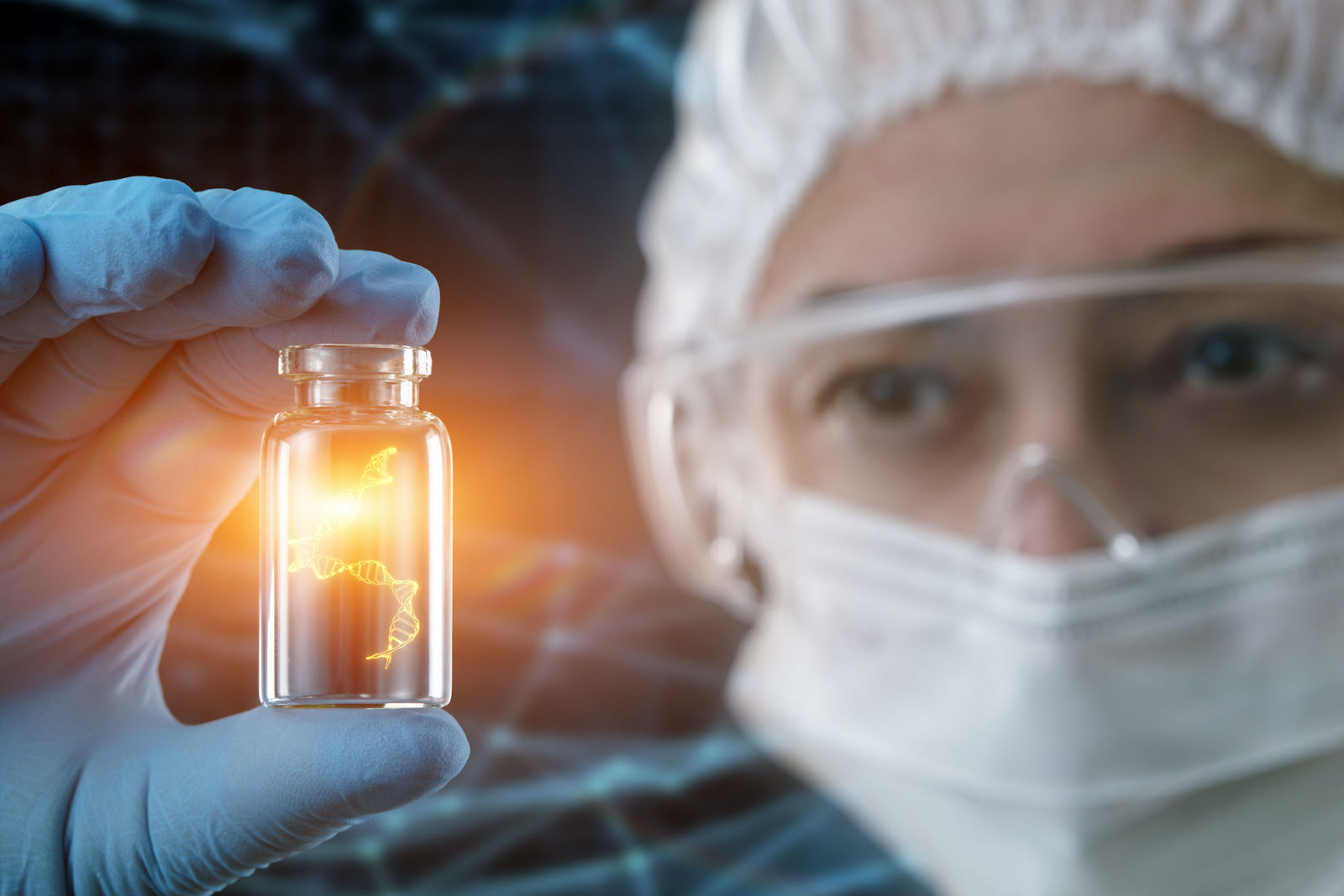



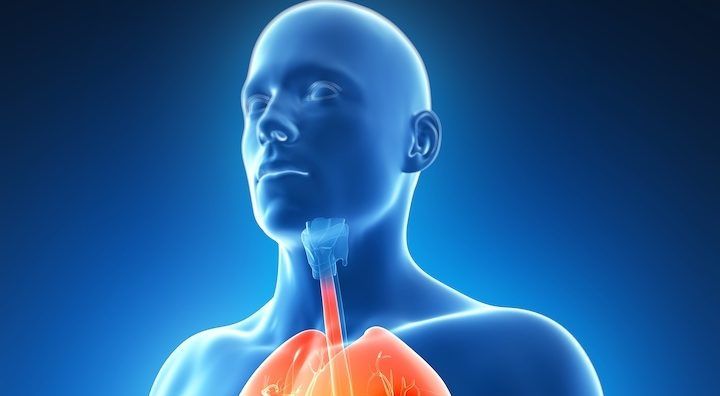
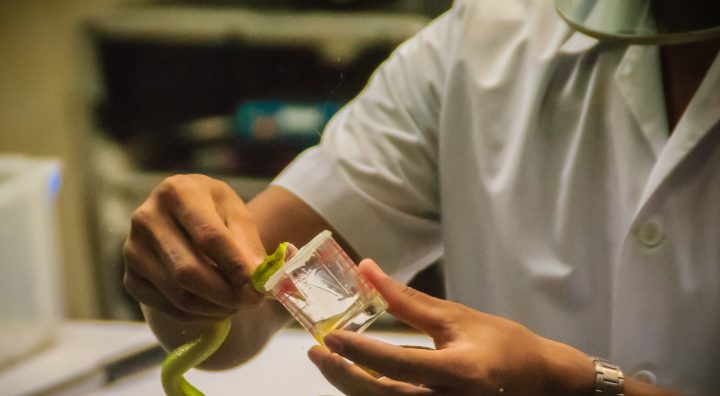
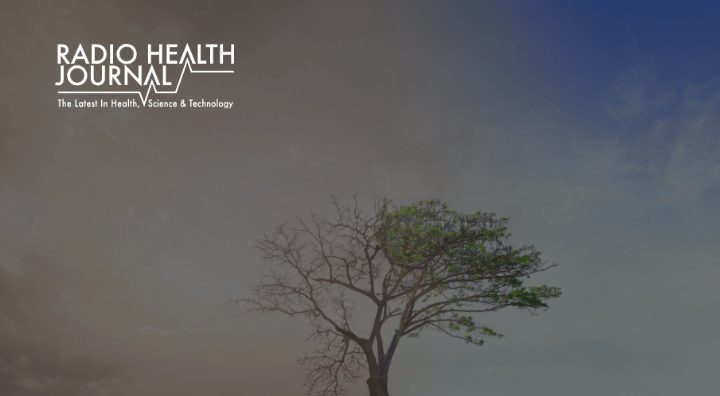


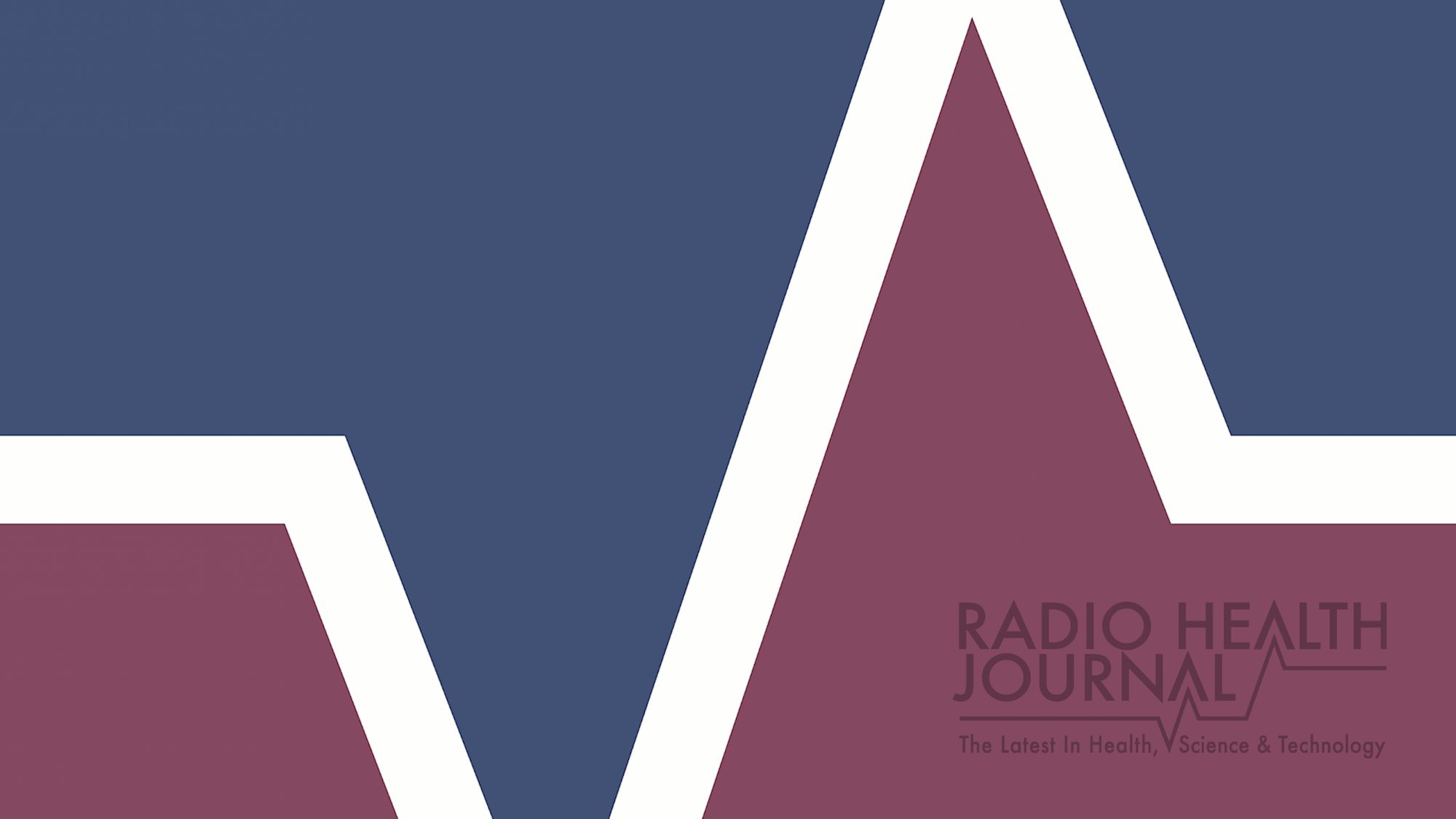
Leave a Reply